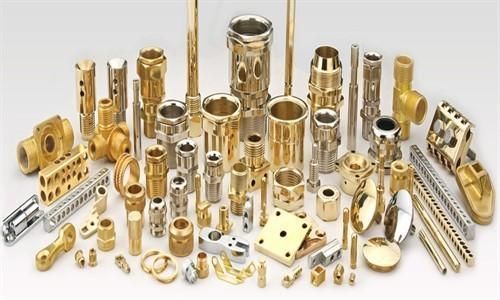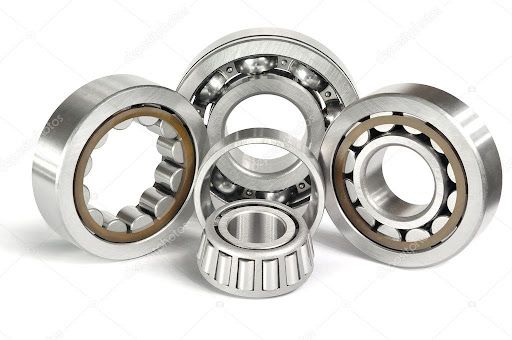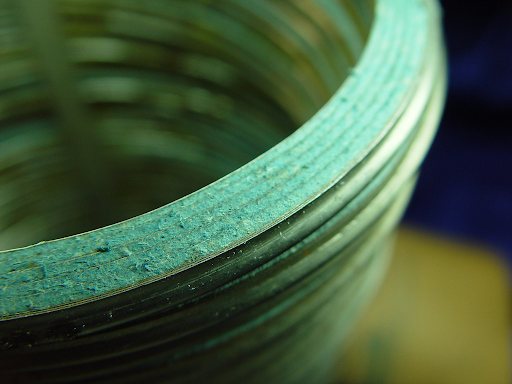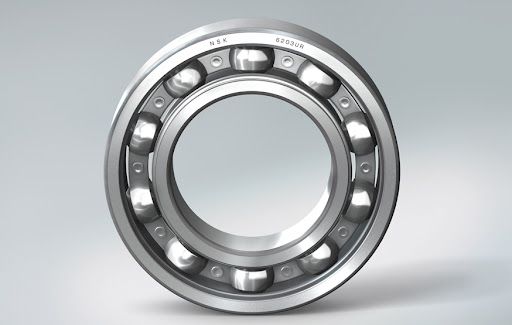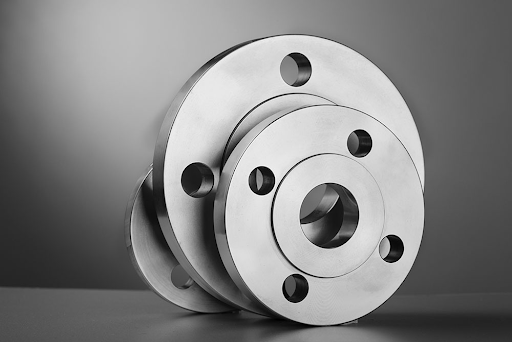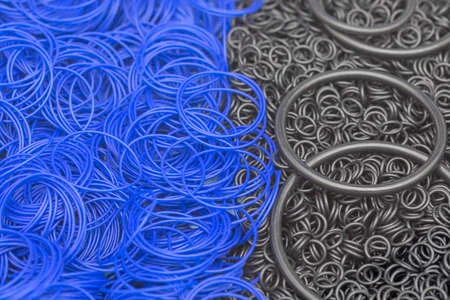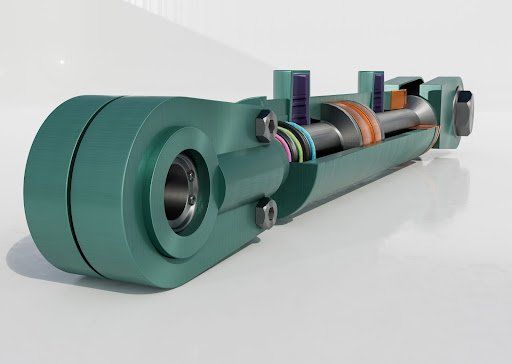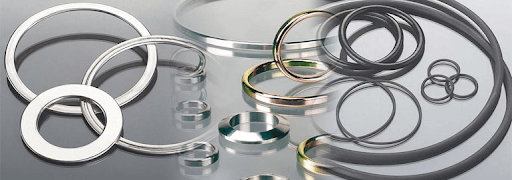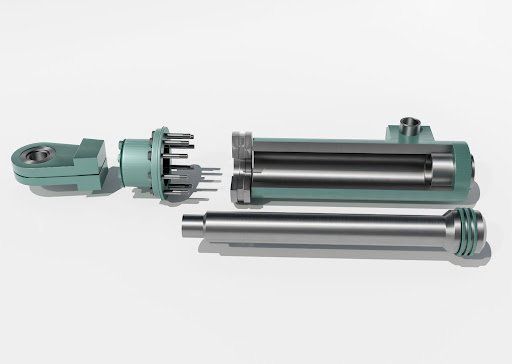Likely Reasons For Hydraulic Seal Failure
Hydraulic seals are soft, non-metallic rings that form vital components in various industry applications and machinery. Once captured in a groove, hydraulic seals form a seal assembly that converts fluid power into a linear motion, achieving optimum equipment performance, reduced leakage, and nominal friction. Hydraulic seals are made from a variety of materials, depending on the specific application’s conditions or limits.
Seals are relatively cheap and easily replaced, but when they fail, it may cause your entire operation to come to a standstill. Downtime for any industry is costly, so to prevent an issue that may be disruptive to your workflow, it’s important to be aware of some of the more common reasons that hydraulic seals fail. These include:
Extreme Temperatures
When hydraulic seals are overexposed to extreme temperatures, such as high-speed heat generation or high-temperature fluids, they can harden and become easily cracked or deformed. In extreme cases, the seal may even physically melt. The loss of elasticity and form will cause the seal to fail.
Improper Lubrication
If the hydraulic seal is insufficiently lubricated, it may begin to wear on one side of the dynamic lip or completely along the lip, causing considerable damage. This kind of failure is also the result of excessive lateral load on the seal. Contaminated lubricant or the presence of foreign materials in the fluid, can result in cuts, dents, or scratches along the dynamic lip and dynamic side of the seal, resulting in eventual seal failure.
Excess Pressure
When hydraulic seals are exposed to excessive back pressure or high-pressure shocks and spikes, long cracks may form in the “V” portion of the seal. In some cases, chunks of material may be torn from the dynamic side, or the side may break off entirely. A failure like this is also often the result of using low-grade materials.
Improper Installation
The most common reason that hydraulic seals fail is due to improper installation, either from insufficient cleanliness, unsafe handling, or contamination. It also may be the result of selecting the incorrect seal for a specific application. Hydraulic seals are available with many different specifications, and it’s vital to use the correct seal for the correctly designed application. A simple error such as installing the seal upside-down will render it completely inefficient, resulting in liquid leaks.
Having an in-depth knowledge about all the different types of hydraulic seals, which applications require which specific seals, and how to properly install the seals, is the only way to avoid constant seal failure. Discussing your queries with a reputable and knowledgeable dealer is the best way to prevent early mistakes. Give the team at Bearing Centre a call today , and you won’t have any concerns by tomorrow.

